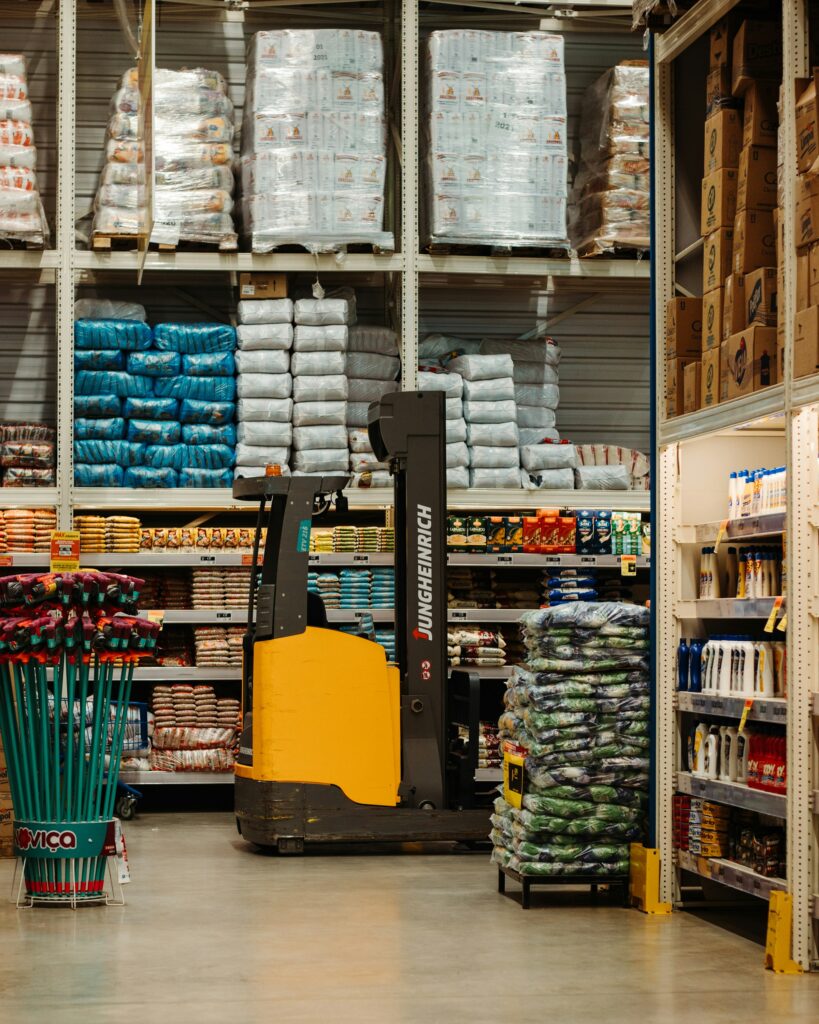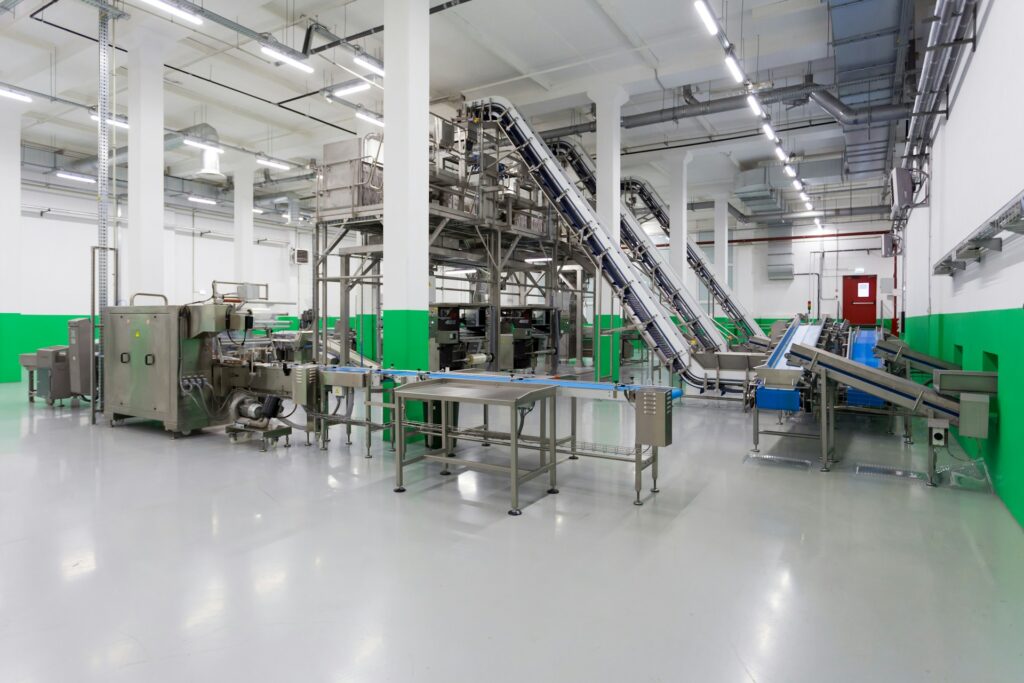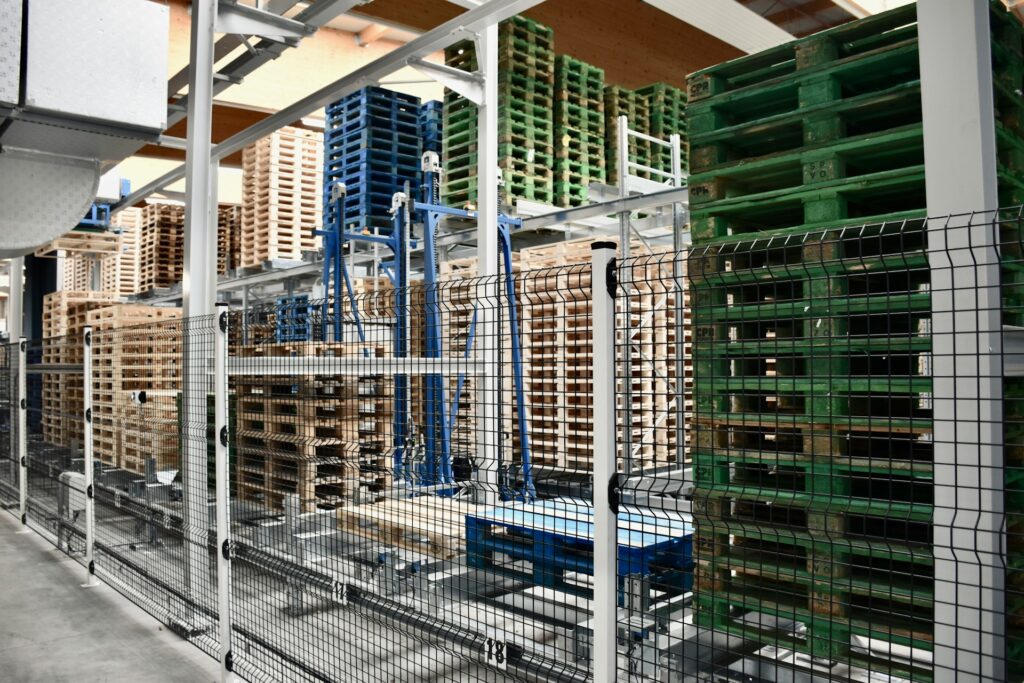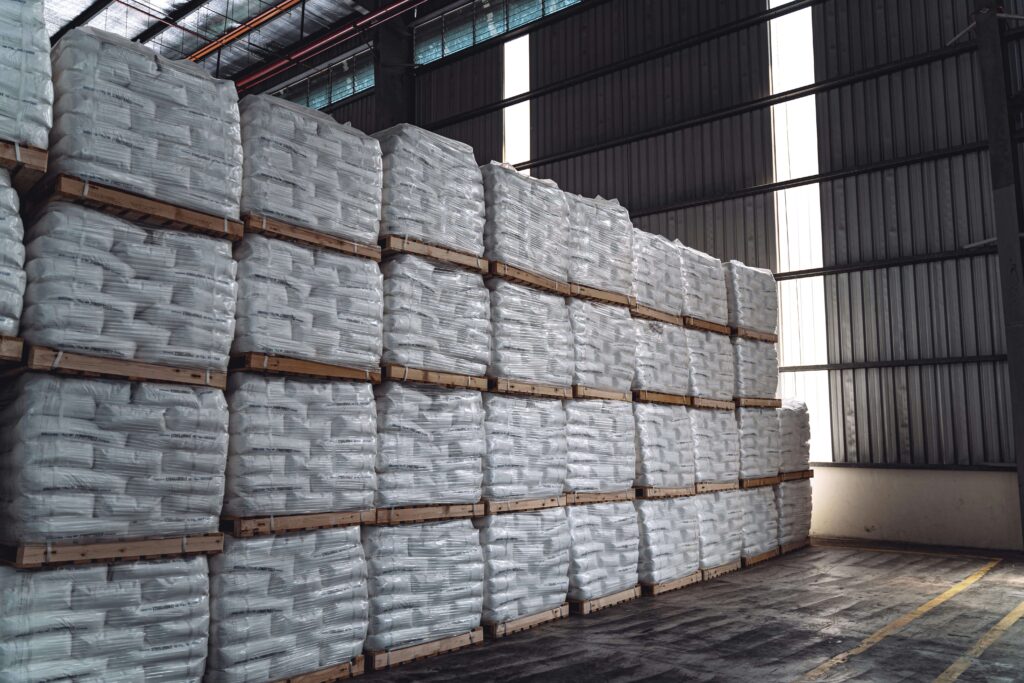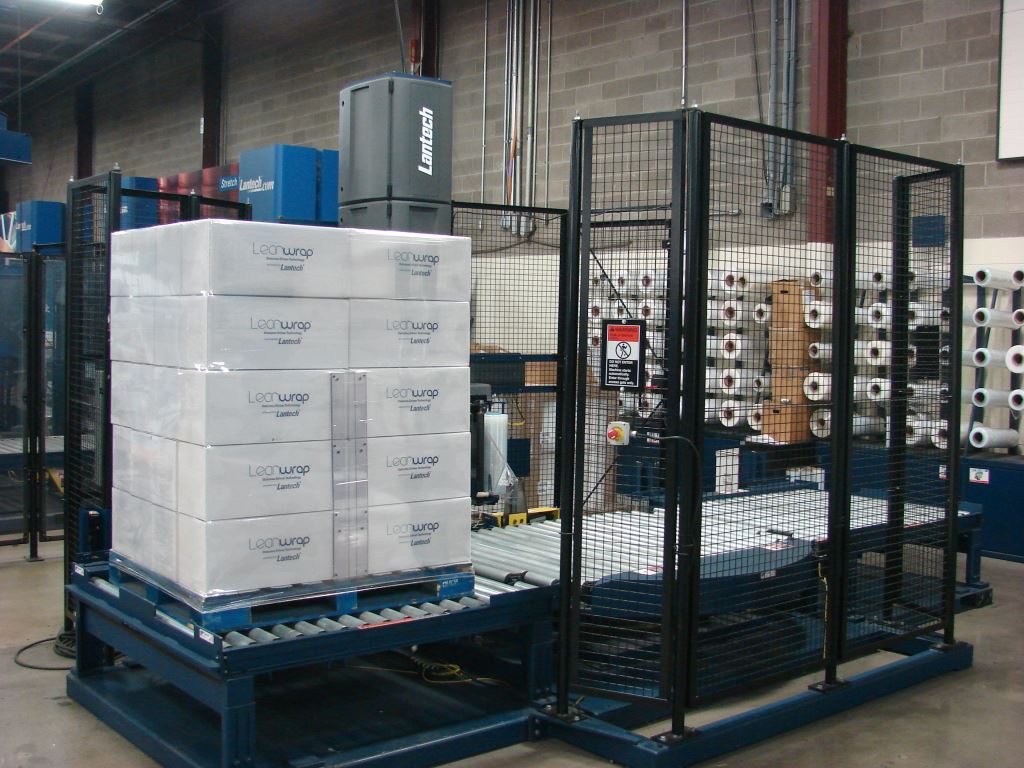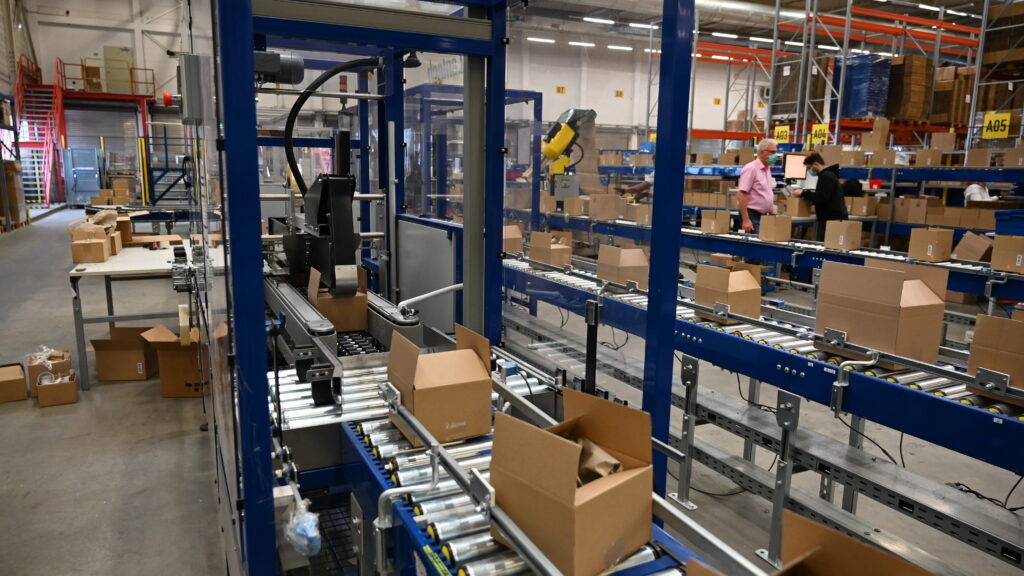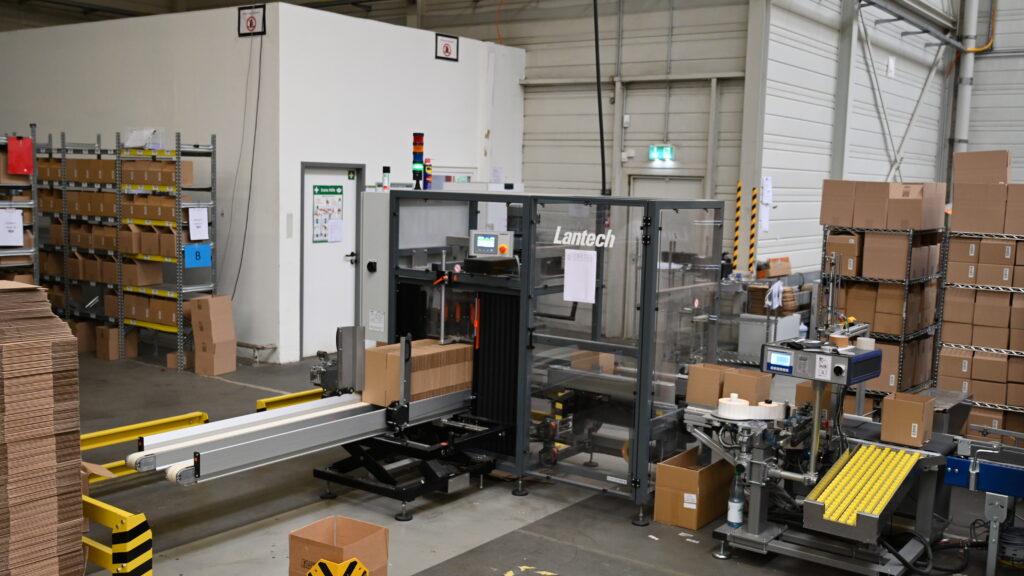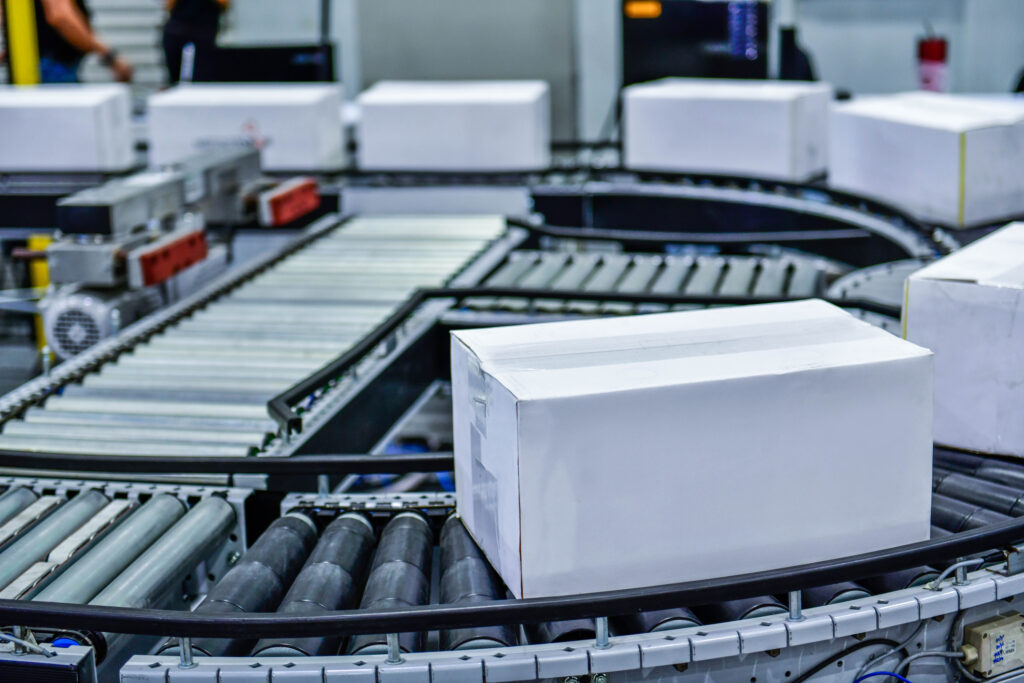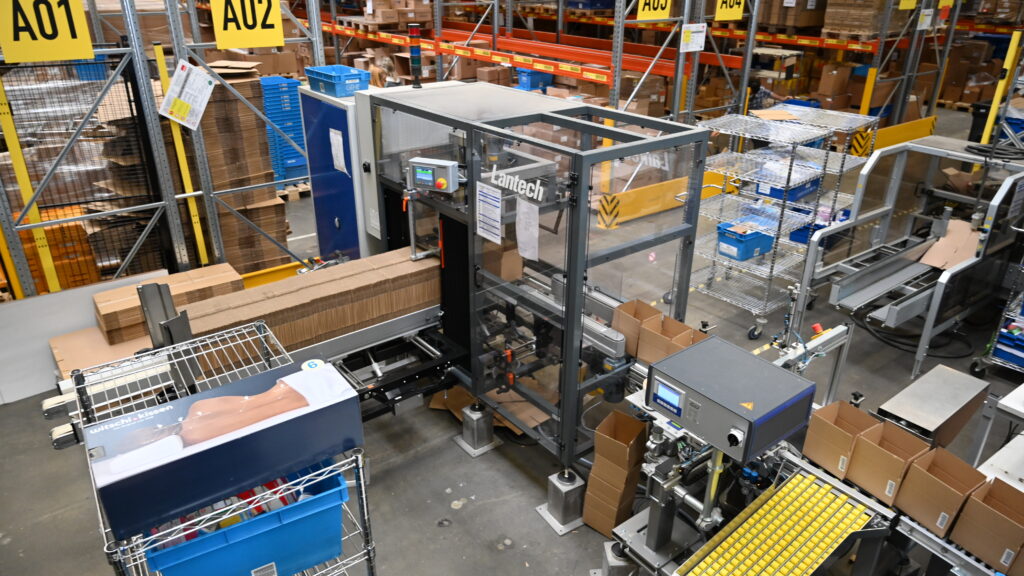Pallet wrappers are machines used for wrapping loads with stretch film, ensuring their stability during transport and storage. This article is aimed at logisticians, warehouse operators, and business owners looking to optimize equipment maintenance costs. The goal of this article is to show how preventive maintenance for pallet wrappers can significantly save time and money in the long term.
Key Points:
- Pallet wrappers enhance the efficiency of wrapping loads for transport and storage.
- Preventive maintenance helps avoid unexpected breakdowns and reduce costs.
- This article will explain how to organize maintenance effectively to maximize resource savings.
What is Preventive Maintenance of Pallet Wrappers?
Preventive maintenance is a system of regular technical measures aimed at ensuring the stable and continuous operation of pallet wrappers. It involves periodic inspections, cleaning, and replacing worn-out parts before they can cause a breakdown or failure. The primary goal of preventive maintenance is to prevent costly downtime and repairs, while also ensuring the safety and efficiency of the equipment.
Unlike reactive maintenance, where issues are addressed only after they occur, preventive maintenance keeps equipment in working condition, reducing the risk of failures and extending the lifespan of the machines.
Why Implement Preventive Maintenance?
Failure to implement preventive maintenance can lead to unexpected breakdowns, resulting in significant costs and downtime. In the long run, businesses may suffer substantial financial losses due to production line stoppages and the need for expensive repairs. However, well-organized maintenance allows companies to avoid these issues and ensure smooth and consistent production.
For example, using Turntable Semi-Automatic Stretch Wrappers or Turntable Automatic Stretch Wrappers ensures better wrapping consistency and reduces the need for frequent repairs, which can save businesses time and money in the long run.
Benefits of Preventive Maintenance:
- Reduced Downtime:
Regular maintenance drastically lowers the likelihood of unexpected equipment failures and shutdowns. Early-stage inspections help identify potential issues before they become critical, thus ensuring continuous production and minimizing downtime. - Minimized Repair Costs:
Preventive maintenance helps keep equipment running smoothly for a longer time. Fewer breakdowns mean less spending on costly emergency repairs or parts replacement, significantly reducing maintenance expenses. - Improved Safety:
Regular checks and maintenance ensure that any potential faults are detected early, preventing accidents or injuries. Timely problem resolution ensures a safe working environment for employees and reduces the risk of workplace accidents. - Extended Equipment Lifespan:
Preventive maintenance allows the equipment to run longer without major breakdowns. Replacing worn parts and performing regular adjustments help maintain equipment functionality for many years, ensuring reliability and long-term stability.
Key Steps in Preventive Maintenance
Preventive maintenance of pallet wrappers involves inspecting and maintaining key components that directly impact the performance, stability, and safety of the equipment. Regular maintenance helps prevent major breakdowns and ensures reliable, long-term operation of pallet wrappers.
Key components that need maintenance:
- Motors and Gearboxes:
Regular checks for wear, lubrication, and troubleshooting are essential for smooth operation. Motors and gearboxes are crucial elements that affect the performance of the entire system, making their maintenance a top priority. - Power Roller Stretch system:
Adjusting the film tension and inspecting the rollers for wear are vital to ensure proper wrapping. This not only increases efficiency but also helps reduce material waste. - Sensors:
Regular inspections for accuracy and cleanliness are necessary to prevent errors in the system. Malfunctioning sensors can cause incorrect machine operation, leading to increased costs and decreased packaging quality. - Chains and Belts:
Checking the tension and wear resistance of chains and belts helps avoid breakages, which can lead to significant production downtime.
How to Create a Maintenance Schedule
Planning a maintenance schedule should be based on the equipment’s usage intensity, operating conditions, and the specific type of pallet wrapper.
What to consider:
- Work Intensity:
If the equipment runs 24/7, the maintenance schedule should be more frequent to keep up with the heavy use. - Operating Conditions:
High temperatures or dust can require more frequent inspections to prevent wear and tear on sensitive components. - Equipment Type:
Different models have different maintenance needs, so the schedule should be tailored to each specific machine.
Examples of maintenance intervals:
- Daily Maintenance:
Checking key functions and cleaning parts. - Weekly Maintenance:
Adjusting film tension and lubricating mechanisms. - Monthly Maintenance:
Thorough inspection of all components and replacement of worn-out parts.
Who is responsible for maintenance?
- Operator:
For simple tasks such as cleaning and visual checks.
- Technical Specialist:
For more complex tasks like sensor calibration or part replacement.
Conclusion
Preventive maintenance is not just an expense but an investment that yields significant savings in the long term. Timely maintenance helps avoid costly repairs, reduces downtime, and extends the lifespan of the equipment. Create or update your pallet wrapper maintenance schedule today, or consult with the manufacturer for guidance.
FAQ
1. How often should I service my pallet wrapper?
Service intervals depend on usage, operating conditions, and the equipment type. For heavy-duty or complex conditions, inspections should be more frequent. It’s recommended to perform preventive maintenance at least once a month to minimize breakdown risks and ensure uninterrupted operation.
2. What should I do if there is no in-house technician?
In this case, you can contact third-party service providers that offer maintenance and repair services. Most manufacturers also provide technical support, which includes consultations and, if needed, sending specialists to repair or adjust the equipment. This helps maintain your pallet wrappers without the added cost of maintaining in-house personnel.
3. Does maintenance affect the warranty?
Yes, regular maintenance is essential to maintain the warranty on the equipment. Most manufacturers require that maintenance be performed according to their guidelines for the warranty to remain valid. If maintenance is neglected or improperly conducted, the manufacturer may refuse to service or repair the equipment under warranty.
4. How do I choose replacement parts?
When selecting parts for your pallet wrapper, ensure they are compatible with the model and technical specifications of the equipment. It’s recommended to use original parts or those approved by the manufacturer. Using incompatible or non-certified parts may lead to reduced efficiency and premature failures.
5. Are there automatic systems for monitoring maintenance?
Yes, some pallet wrapper models come equipped with built-in monitoring systems that automatically track the equipment’s condition. These systems alert operators about the need for preventive maintenance or part replacement. This reduces the risk of unscheduled downtime and ensures consistent operational efficiency.

